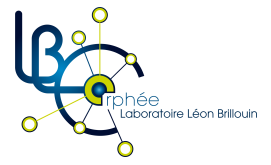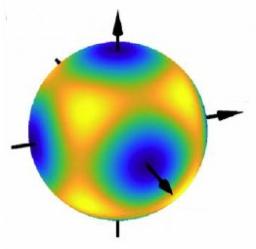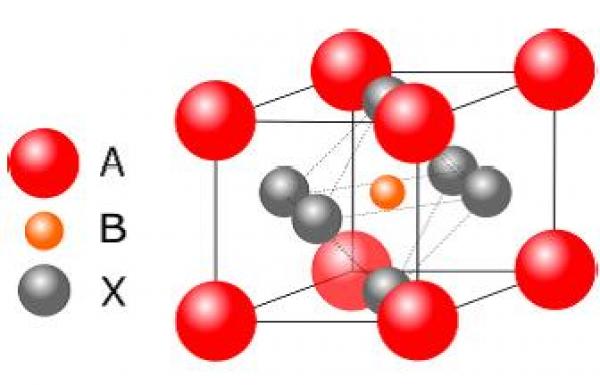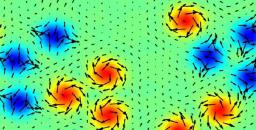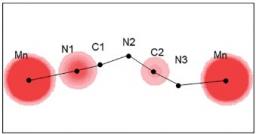Reentrant spin glasses are frustrated disordered ferromagnets developing vortexlike textures under an applied magnetic field. Our study of a Ni0.81Mn0.19 single crystal by small angle neutron scattering clarifies their internal structure and shows that these textures are randomly distributed. Spin components transverse to the magnetic field rotate over length scales of 3–15 nm in the explored field range, decreasing as field increases according to a scaling law. Monte Carlo simulations reveal that the internal structure of the vortices is strongly distorted and differs from that assumed for “frustrated” skyrmions, built upon a competition between symmetric exchange interactions. Isolated vortices have small noninteger topological charge. The vortices keep an anisotropic shape on a three-dimensional lattice, recalling “croutons” in a “ferromagnetic soup.” Their size and number can be tuned independently by the magnetic field and concentration x (or heat treatment), respectively. This opens an original route to understand and control the influence of quenched disorder in systems hosting nontrivial spin textures.
- CEA
- CNRS |
- CEA Paris-Saclay |
- DRF Internet
- Iramis |
- LLB
- LLB intranet |
- VPN (Σigma - THOT - HORUS) |
- Webmail : Intra Extra
-
|

